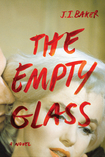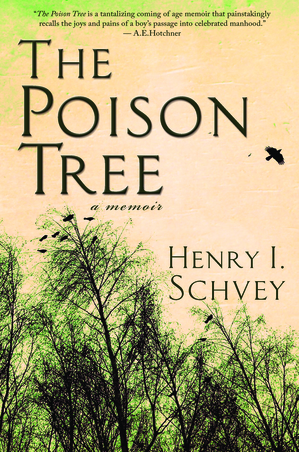Book Review: The Empty Glass by J.I. Baker
Share the post "Book Review: The Empty Glass by J.I. Baker"
by Julie Failla Earhart
 The year 2012 marks the 50th anniversary Marilyn Monroe’s death, a death that still haunts the American Dream Machine. Some suspect suicide; others murder. There are so many unanswered questions, and conspiracies abound. Bring in author J.I. Baker, the executive director of Conde Nast Traveler. In his debut his novel, The Empty Glass, he takes a look back at the sex symbol’s demise.
The year 2012 marks the 50th anniversary Marilyn Monroe’s death, a death that still haunts the American Dream Machine. Some suspect suicide; others murder. There are so many unanswered questions, and conspiracies abound. Bring in author J.I. Baker, the executive director of Conde Nast Traveler. In his debut his novel, The Empty Glass, he takes a look back at the sex symbol’s demise.
In Baker’s novel, Los Angeles’ Deputy Coroner Ben Fitzgerald is one of the first to arrive at Marilyn’s Brentwood hacienda. There, much to his professional chagrin, he finds a circus – people were tramping about, destroying evidence. Marilyn’s body had been disturbed. There was even a reporter already on site. The police had taken five hours after the discovery of her body to get to scene. In spite of the chaos, Ben also notices two things: (1) There is no water glass, half full or otherwise and (2) a memory book, appropriately called The Book of Secrets, lay unnoticed. It is the memory book, a nod to Marilyn’s supposedly missing diary, that becomes central to the story.
While the police write off Marilyn’s death as a suicide, Ben can’t let it go. Something isn’t right. Therefore, he begins his own investigation. Ben keeps going back to the memory book to search for clues that will lead him in the right direction. His conclusion? Marilyn was murdered. But, by whom? Well, I wouldn’t want to spoil your next great read!
While there are no new facts or conspiracy, Baker makes a compelling argument for his case that Marilyn was murdered. The story was compelling and well-crafted. The first person point of view wasn’t awkward, and in fact, worked better than third person would have. However, one thing that drove me nuts and yet, kept me reading was Ben’s chapters. I never knew exactly who he was addressing: himself, a police officer, or if he was in a psychiatric hospital. I was impressed that Baker could emulate the storytelling of the ‘50- and ‘60-era detective story. It’s this skill that makes readers feel as they are at the scene, witnessing the investigation into Marilyn’s death.


